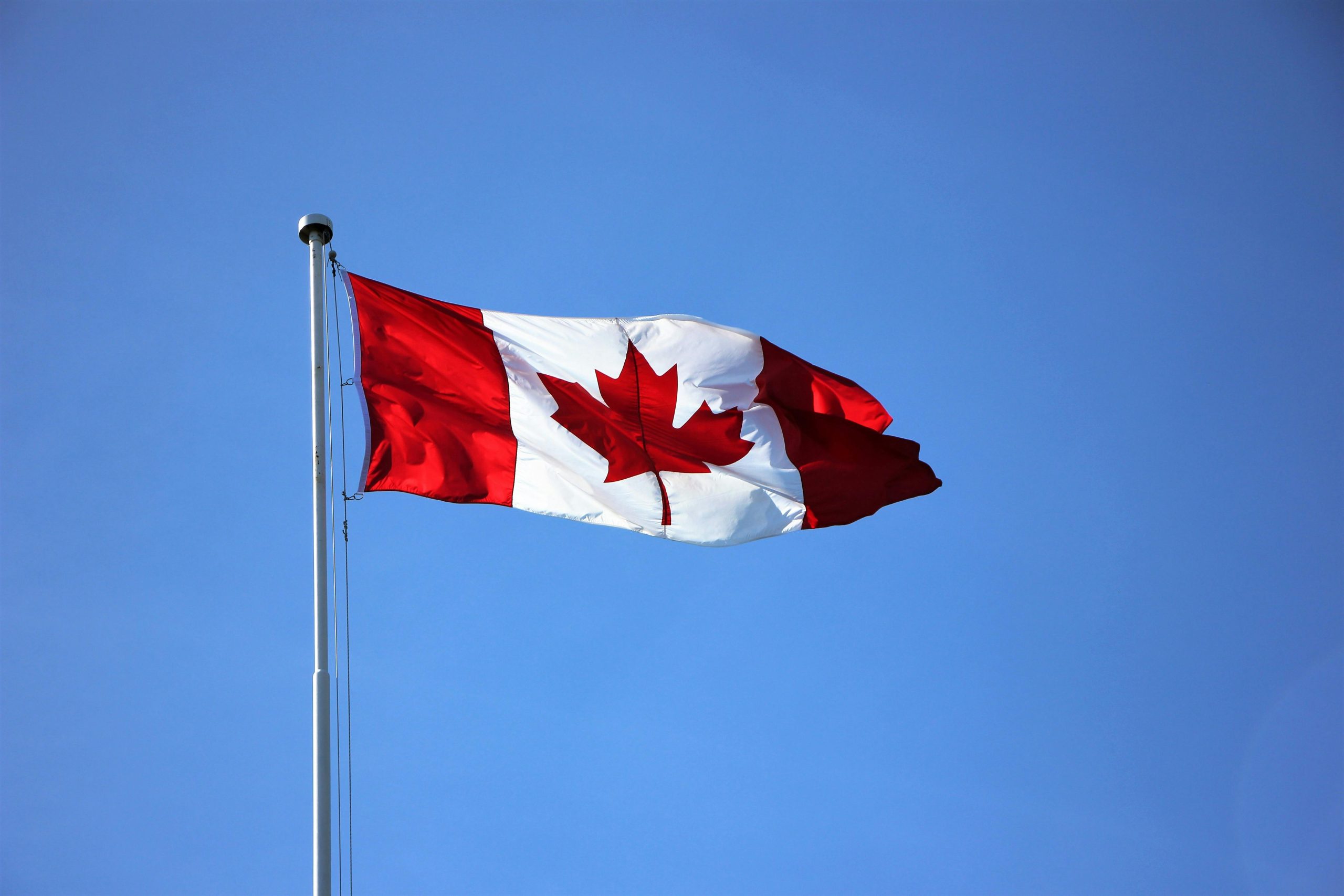Ensuring Safe Deliveries to Canada: Top Packaging Tips
Shipping parcels internationally can be a daunting task, especially when it comes to ensuring the safety and security of the items being delivered. Canada, with its vast geographical landscape and variable weather conditions, presents unique challenges for shipments. This article will provide essential packaging tips to help you ensure that your deliveries to Canada arrive in pristine condition, no matter the distance they travel. By following these guidelines, you can minimize the risk of damage, delays, and additional costs, ensuring a smooth delivery process for your parcels.
Choose the Right Packaging Materials
Sturdy Boxes and Containers
When preparing shipments to Canada, the first step is to choose the right packaging materials. Use high-quality, sturdy boxes or containers that can withstand rough handling and the weight of the contents. Double-walled corrugated cardboard boxes are often the best choice for heavier items, while single-walled boxes are suitable for lighter parcels.
Cushioning and Padding
Proper cushioning and padding are crucial to protect your items from impact during transit. Use materials such as bubble wrap, foam peanuts, air pillows, or crumpled paper to fill any empty spaces in the box. Ensure that the items are snugly packed and do not move around inside the box.
Sealing Materials
Use strong packing tape to seal your boxes securely. Reinforce the seams and edges with extra tape to prevent the box from bursting open. Avoid using strings or ropes, as they can get caught in sorting machinery and cause damage to the parcel.
Labeling and Documentation
Clear and Accurate Labeling
Label your parcels clearly and accurately. Include the recipient’s full address, including postal code, and your return address. Use a large, legible font and ensure that the label is securely attached to the parcel. For added protection, place an additional label inside the box with the same information.
Necessary Documentation
For international deliveries to Canada, include all necessary documentation, such as customs declarations and invoices. Accurately describe the contents of the package and their value to avoid delays at customs. Ensure that all forms are filled out correctly and attached to the parcel.
Packing Different Types of Items
Fragile Items
When shipping fragile items, extra care is required. Wrap each item individually with bubble wrap or foam and place them in a box filled with cushioning material. Mark the package with “Fragile” stickers to alert handlers to take special care.
Electronics
For electronic items, use anti-static bubble wrap and ensure the device is powered off and securely wrapped. Place the wrapped item in a box with sufficient cushioning material and consider using a second box (double boxing) for added protection.
Liquids
Shipping liquids requires leak-proof packaging. Use sealed plastic bags or containers and wrap them in absorbent material to prevent leakage. Place the wrapped items in a sturdy, waterproof box.
Perishable Goods
If you’re shipping perishable goods, use insulated packaging and consider adding gel packs or dry ice to keep the contents cool. Clearly label the package as “Perishable” and use expedited shipping services to ensure timely delivery.
Weather Considerations
Temperature Extremes
Canada experiences significant temperature variations throughout the year. Consider the impact of these extremes on your parcels. Use insulated packaging for temperature-sensitive items and avoid shipping during peak temperature periods if possible.
Moisture Protection
Protect your parcels from moisture and humidity by using waterproof packaging materials and sealing the boxes properly. Place items in plastic bags before packing them in the box to provide an extra layer of protection against water damage.
Tips for Cost-Effective Shipping
Size and Weight Considerations
Shipping costs to Canada are often based on the size and weight of the parcel. To keep costs down, choose appropriately sized boxes and avoid overpacking. Use lightweight packing materials that provide adequate protection without adding unnecessary weight.
Shipping Services
Compare different shipping services and their rates. Choose the option that best meets your needs in terms of delivery speed, cost, and reliability. Some services offer discounted rates for bulk shipments or frequent shippers.
Ensuring a Smooth Delivery Process
Tracking and Insurance
Opt for shipping services that provide tracking information and consider purchasing insurance for valuable items. Tracking allows you and the recipient to monitor the parcel’s progress, while insurance provides peace of mind in case of loss or damage.
Communication with the Recipient
Keep the recipient informed about the shipment’s progress and provide them with the tracking number. This helps manage expectations and ensures someone is available to receive the parcel upon delivery.
Preparing for Returns
Include return instructions and a prepaid return label if applicable. This facilitates the return process in case the recipient needs to send the item back, ensuring a hassle-free experience for both parties.
Conclusion
Successfully shipping parcels to Canada requires careful preparation and attention to detail. By choosing the right packaging materials, accurately labeling and documenting your shipments, and considering the specific needs of different types of items, you can ensure that your deliveries arrive safely and securely. Taking weather conditions into account and optimizing your shipping costs will further enhance the efficiency and reliability of your parcel delivery to Canada. By following these tips, you can achieve a smooth and stress-free shipping experience, ensuring that your packages reach their destination in perfect condition.

